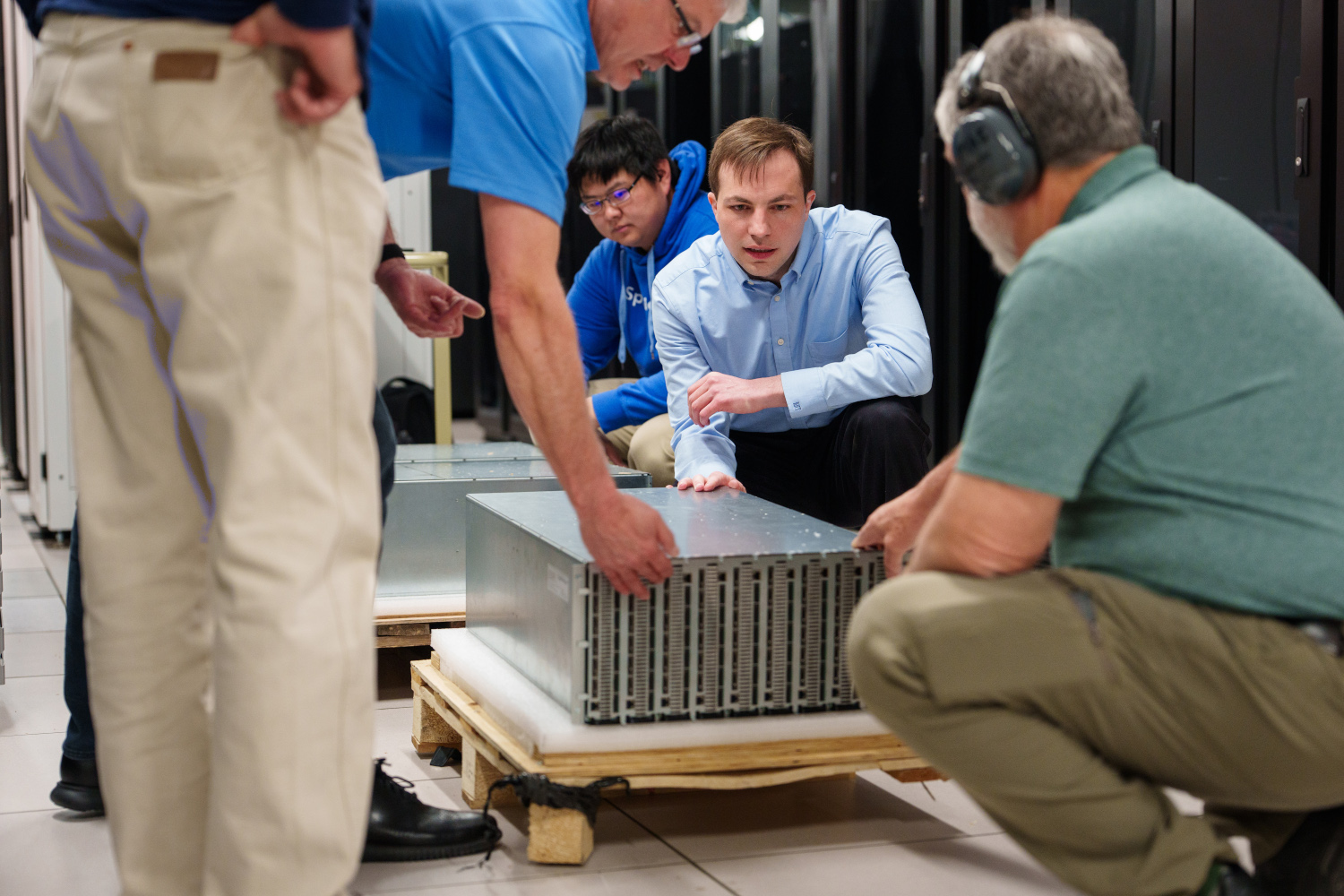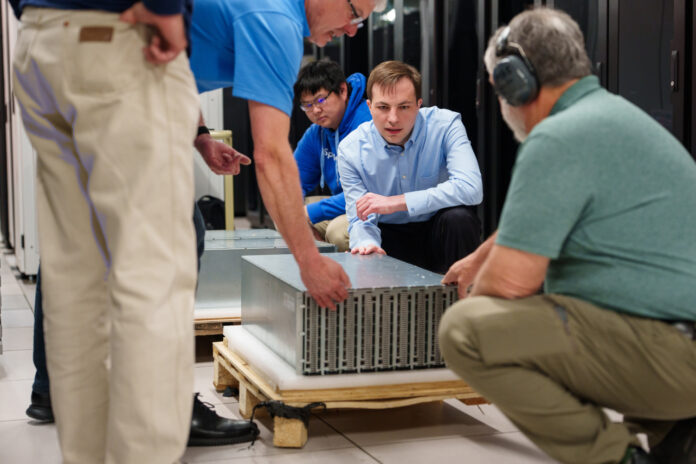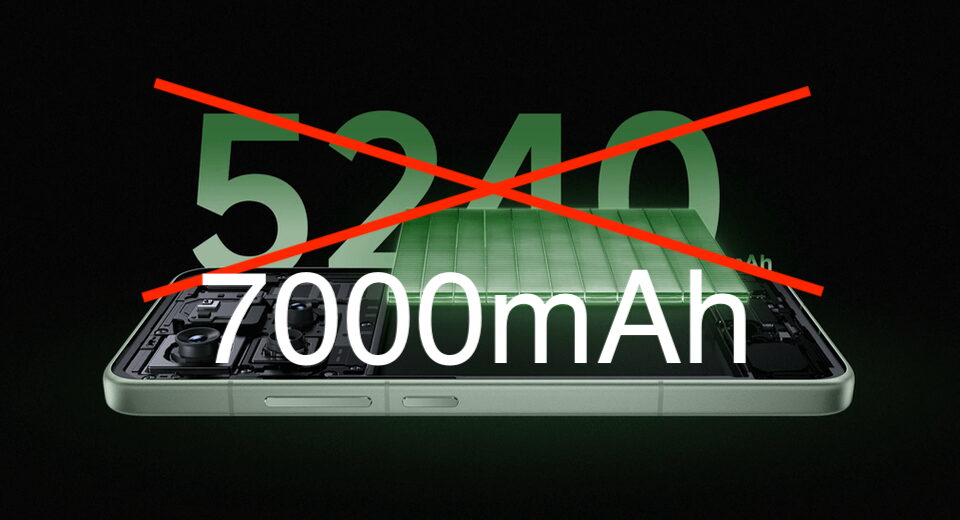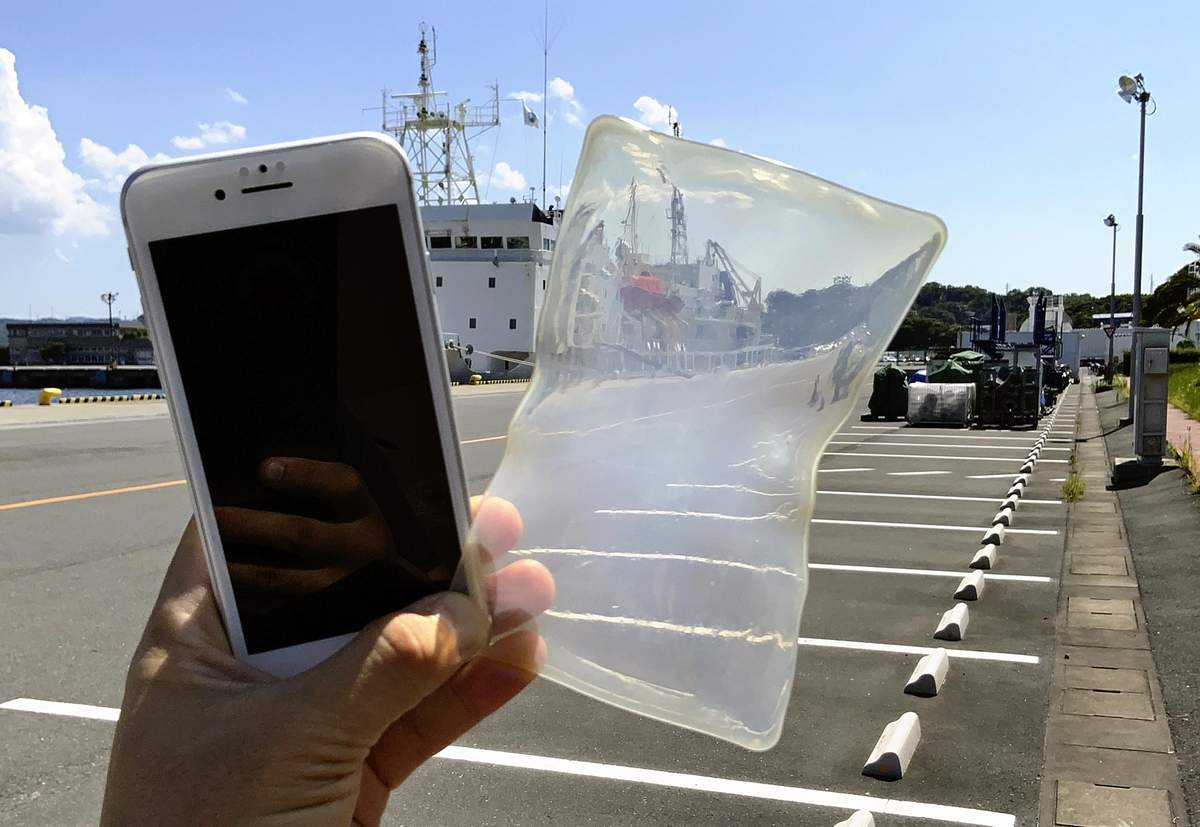Sandia turns on brain-like storage-free supercomputer

Sandia turns on brain-like storage-free supercomputer

Sandia National Labs has flipped the switch on its SpiNNaker 2 “brain-inspired” supercomputer that eschews both GPUs and internal storage.
The system, supplied by Germany-based SpiNNcloud, will rank amongst the top five “brain inspired” platforms, mimicking between 150 and 180 million neurons.
The architecture was initially developed by Arm pioneer Steve Furber, though it still falls somewhat short of the human brain’s 100 billion neurons.
As SpiNNcloud explains it, the SpiNNaker 2’s highly parallel architecture has 48 SpiNNaker 2 chips per server board, each of which in turn carries 152 based cores and specialized accelerators.
Each of the 48 chips packs 20 MB of SRAM, with each board carrying 96 GB of external LPDDR4 external memory. So, with 90 boards, that amounts to 8640 GB of DRAM, while a 1440 board system carries 69,120 chips and 138240 TB of DRAM.
Needless to say, the system uses high-speed chip to chip communication. And this, SpiNNcloud says, eliminates the need for centralized storage. That, and the vast amount of memory.
Speeding on DRAM
In Sandia’s case, it has taken delivery of a 24 board, 175,000 core system. At Sandia, according to SpiNNcloud, “The Supercomputer is hooked in to existing HPC systems and does not contain any OS or disks. The speed is generated by keeping data in the SRAM and DRAM.”
Standard parallel ethernet ports are “sufficient for loading/saving the data.” The “current maximum system” is over 10.5m cores, which SpiNNcloud says means it can maintain biological real time.
Moreover, it allows complex event-driven compute and simulations with more power efficiency compared to GPU systems.
Hector A. Gonzalez, co-founder and CEO of SpiNNcloud, said the system would be targeted at problems in “next generation defense and beyond. The SpiNNaker2’s efficiency gains make it particularly well-suited for the demanding computational needs of national security applications.”
What's Your Reaction?
 Like
0
Like
0
 Dislike
0
Dislike
0
 Love
0
Love
0
 Funny
0
Funny
0
 Angry
0
Angry
0
 Sad
0
Sad
0
 Wow
0
Wow
0






![[Podcast - Echoes of Africa ] : Uzi Freyja libère son enfant intérieur](http://static.euronews.com/articles/stories/09/31/91/24/640x360_cmsv2_b8d4dcca-e153-500c-9535-573864e58d44-9319124.jpg?1749232231#)


































